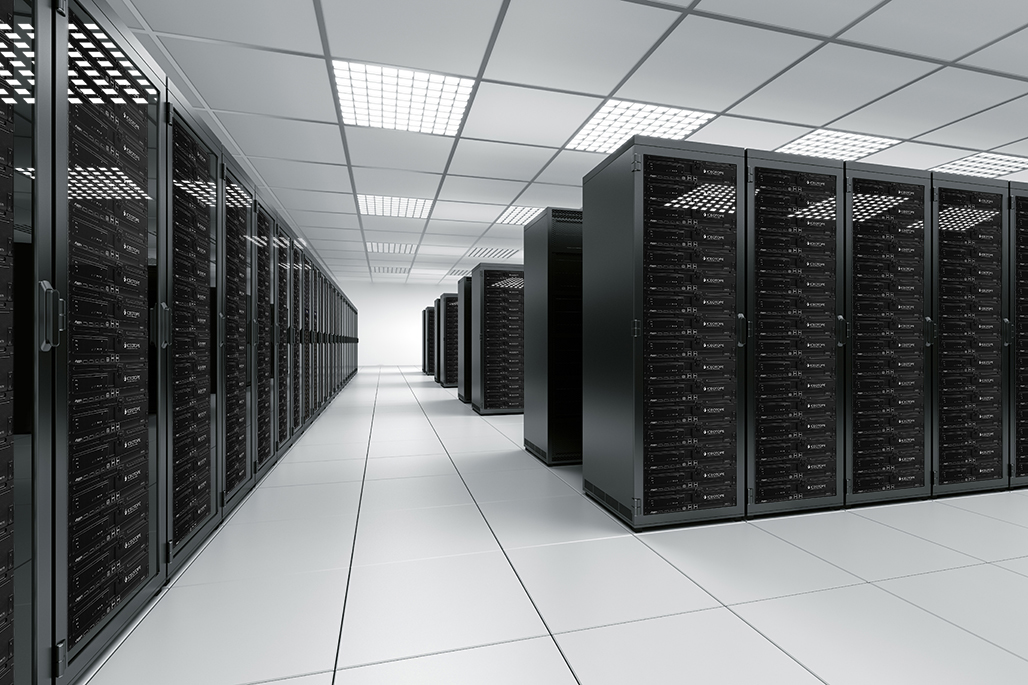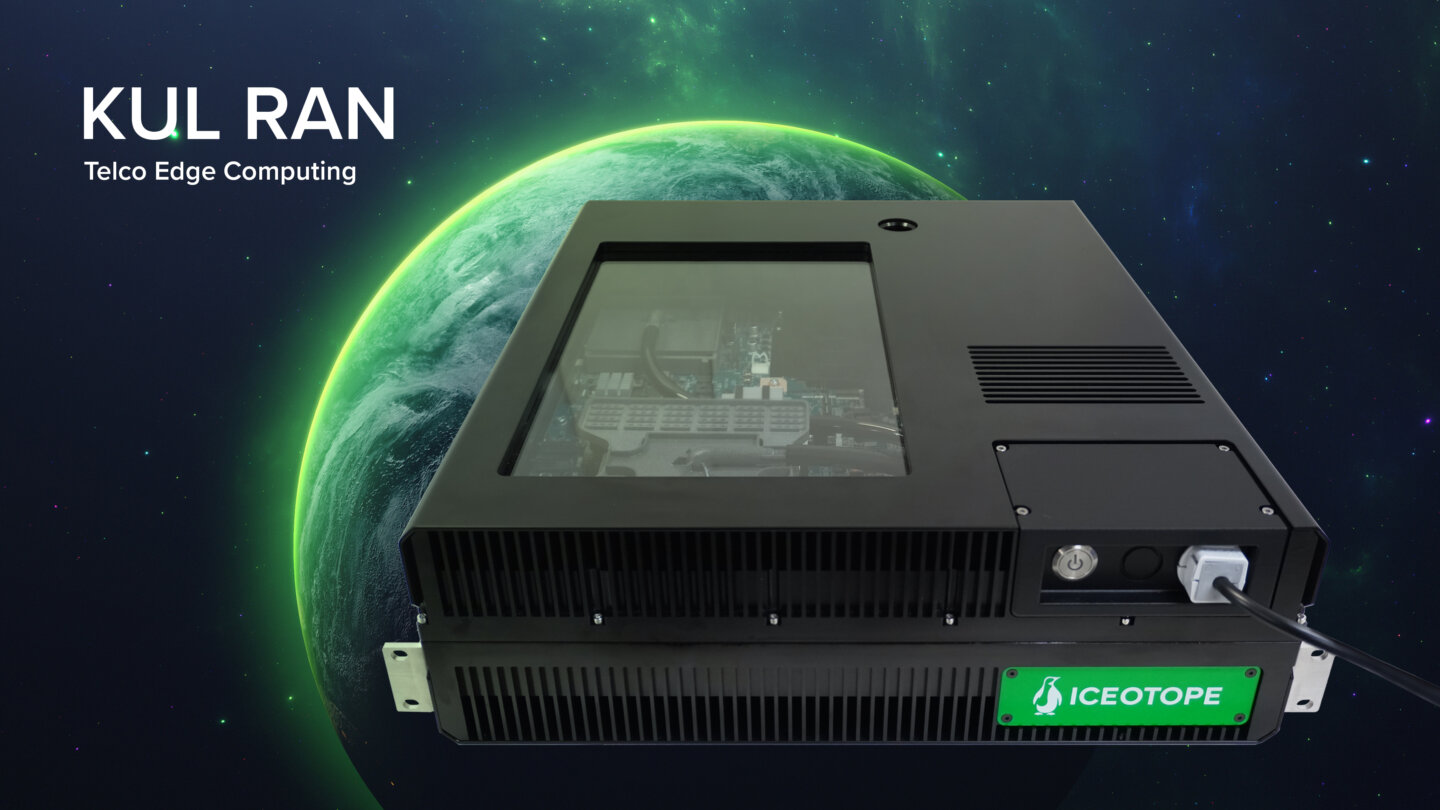Staying cool under data pressure: The role of Precision Liquid Cooling in edge computing
From the early stages of the internet’s widespread adoption to the present era of hyperconnectivity, the volume of data we generate has grown exponentially. The proliferation of smartphones, the Internet of Things (IoT), and the seamless integration of technology into everyday life have all contributed to this increase. By 2025, we are expected to generate 463 exabytes of data each day.
For businesses, this surging digitalization has resulted in new customer expectations and necessitated innovative approaches to meet them. The largest industries, like financial services, retail, telco, and healthcare, face the challenge of effectively processing and utilizing the vast amounts of data they have access to. Traditional data processing methods are being challenged to keep up with the sheer scale, velocity, and variety of information businesses generate like never before.
Enterprises are turning to cutting-edge technologies such as GPU-based cloud computing, artificial intelligence (AI), and distributed edge computing to revolutionize their operations. Cloud computing provides scalable storage and computing resources, and machine learning (ML) techniques can be used to extract meaningful insights from complex datasets. By leveraging ML, businesses can automate processes, optimize decision-making, and deliver personalized customer experiences.
Edge computing enables data processing and computation to occur as close as possible to the data source, reducing the need for data to be transmitted to a distant data center. By bringing computing capabilities closer, an edge-focused solution can enable real-time processing with reduced latency and enhanced responsiveness for end-users.
The financial sector is already starting to embrace edge devices, as businesses can process data faster and use real-time analytics to offer personalised services. Processing data on these (typically) smaller devices also reduces transmission and infrastructure costs and allows the company to more easily meet local regulatory requirements.
However, other industries can also reap these same benefits. In retail, for example, edge computing can improve in-store customer experiences through faster data processing for personalized offers and real-time inventory management. In the healthcare sector, it can facilitate real-time diagnostics and decision-making for doctors, as well as support remote patient monitoring and telemedicine applications.

Source: Shutterstock
It has been predicted that over 50 percent of enterprise-managed data will be created and processed outside the data center or cloud by 2025. This will be partly thanks to several developments emerging from edge computing. One of these is the use of edge in combination with 5G. Together they reduce latency even further and support real-time processing capabilities creating massive opportunities for telco providers. Edge computing will also likely extend to complement cloud computing for large processing jobs rather than replace it altogether, providing burst capability, for example, at peak demand times. Finally, the edge will be more closely integrated with IoT hardware and local ML-powered applications to improve performance through more efficient data processing close to where IoT and IioT provide critical services.
However, embracing edge computing is not as straightforward as plugging in a new device. It is critical to protect the IT equipment within the devices. There are specific challenges associated with distributing compute in places where IT is not meant to reside – heat, humidity, dust and other environmental debris that can damage the equipment. Exposure to contaminents can cause failure of edge devices and result in reduced performance, shorter hardware lifespans, and costly device damage. Fluctuations in temperature can also making cooling the equipment challenging and can throttle performance. Having purpose built equipment that is sealed, reinforced and ruggedized is critical to distributing compute in new locations.
As in a centralized data centre facility, edge solutions also need to contend with heat generation and energy consumption during data processing, so cooling becomes critical to ensure the devices’ optimal performance, longevity, and reliability. Cooling technology from data centers may not be appropriate for edge installations, and, as many businesses have their own sustainability goals to meet, having an efficient solution that cools and protects IT equipment is crucial to minimize the environmental impact of edge computing operations.
Tank immersion, where the edge device is completely submerged in a non-conductive dielectric liquid, can address some of these concerns. However, this often requires a significant amount of space, large initial set-up costs, and more complex device servicing. Precision Liquid Cooling, where a small amount of dielectric coolant is precisely targeted to remove heat from the hottest components of the server, has been developed to address all of these concerns. Through these systems, the heat from the hotspots, like the CPU and memory components, is captured and removed with an in-built heat exchanger.
Precision Liquid Cooling is more scalable than tank immersion. Offered in a standard vertical rack form factor, it offers a finer level of control over cooling distribution and can be tailored to specific components, reducing the risk of thermal bottlenecks. Similarly, it is also a more serviceable solution, as individual units can be easily accessed and maintained without disrupting the entire cooling infrastructure. This serviceability not only reduces downtime during maintenance but also lowers operational costs by enabling hotswapping of devices and allowing targeted repairs or upgrades to specific components as needed. According to Iceotope Technologies, a leading provider of Precision Liquid Cooling systems, the technology reduces component failures by 30 percent and extends the edge server’s lifespan.
The cooling solution is significantly more sustainable than many cooling alternatives. While Precision Liquid Cooling removes nearly 100 percent of server heat, it requires 40 percent less energy and reduces carbon emissions by the same amount. In fact, Precision Liquid Cooling offers approximately 6x power density improvement per square meter resulting in significantly reduced carbon footprint. Water consumption is also minimal due to the absence of mechanical chilling requirements, and significantly less dielectric fluid is required than in-tank immersion solutions.
A new solution is necessary for this new era of heightened data demands. Discover how Iceotope’s Precision Liquid Cooling technologies can enable your business to harness the power of edge computing for enhanced business growth and productivity today, while reducing costs, maximising revenue and accelerating sustainability objectives.









